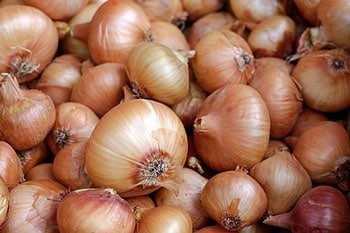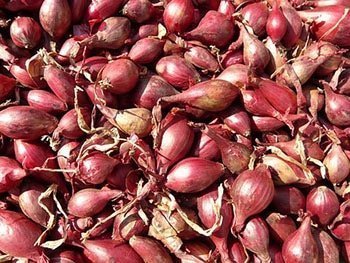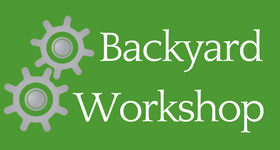How to Plant Onions in Three Easy Ways

 Do you know the various ways on how to plant onions? When it comes to planting onions, there are a variety of options. These range from mild to pungent big Bermudes to the tiny onion pearls. For home gardeners, there are three ways to plant onions. They include using sets, seeds or transplants.
Do you know the various ways on how to plant onions? When it comes to planting onions, there are a variety of options. These range from mild to pungent big Bermudes to the tiny onion pearls. For home gardeners, there are three ways to plant onions. They include using sets, seeds or transplants.
You can choose any one of these methods or you can use all of them. Some gardeners argue that using all the three techniques is the best method as you can never be too sure of the number of onions harvested. We are going to carefully see how each of these methods works.
The Three Ways on How to Plant Onions
- Using sets
- Planting onion seeds
- Using transplants
Sets
 These are small bulbs of onions that are grown from seeds. They are subjected to dormancy at a rather immature stage of their growth. Once, they are planted, they continue with their growth process. We note that among the three methods of planting onions, applying the use of sets is arguably the easiest way. They are also a good method of producing a wide range of huge onions to keep in the store.
These are small bulbs of onions that are grown from seeds. They are subjected to dormancy at a rather immature stage of their growth. Once, they are planted, they continue with their growth process. We note that among the three methods of planting onions, applying the use of sets is arguably the easiest way. They are also a good method of producing a wide range of huge onions to keep in the store.
You may choose to plant the onion sets within two to four weeks before the last average frost date. To determine the average last-frost time, check with your respective country’s cooperative extension.
A huge disadvantage of relying on the use of sets is the small available varieties. A majority of garden centers categories their bins in by use of colors. For example white, red, and yellow, instead of using a cultivar. Choosing the largest set is also not advisable, here is why. Rather than forming a huge bulb, they go on to seeding quickly.
Transplants
Groups of bare root transplants of onions are available from the winter mail-order retailers and in the early spring. Using the best grow tent or indoor light establishment, you can produce your own variety of onion transplants. On the northern side, sow the seeds in a flat medium for eight to ten weeks to be planted outside the greenhouse or tent. Keep them there for a period of six weeks. Also, it’s important to remember that the process should be after the final frost.
In the southern part of your greenhouse, time the setting out season of the seedlings as either in the fall or winter. Ensure seedlings are properly hard by providing them with enough sunlight. Once the time comes for the seedlings to be planted in the garden, follow the following simple process. Simply, dig them out carefully, and remove the soil found around their roots. For the overgrown tops, we recommend that you trim them to a sizeable appearance of close to six inches.
Create trenches for the planting of the seedlings, placing them deeper than they were before in the greenhouse or tent.
Seeds
 So as to grow the largest bulbs, onions benefit from you using sets or transplants. However, bunching scallions or onions mature at a faster rate, enabling them to be seeded directly into the farm or garden. Sow the seeds outdoors close to a month prior to the frost-free date.
So as to grow the largest bulbs, onions benefit from you using sets or transplants. However, bunching scallions or onions mature at a faster rate, enabling them to be seeded directly into the farm or garden. Sow the seeds outdoors close to a month prior to the frost-free date.
Repeat this after some few weeks through continual harvest or fall. An important point that we should always remember is that the onion seeds kept in storage lose viability. As such, it is important to always start the process by using fresh seeds or those that are less than a year old.
Conclusion
In the past, I mostly used transplants in my small onion garden. However, as I slowly expanded my garden space, I began incorporating the use of seeds and sets. The results have turned out to be rather enjoyable, fruitful, and they have also led to improved yields. By identifying and applying other ways of planting onions, is also a good way that shows how to get rid of wild onions.
For those in the profit making business, improved yields ultimately lead to improved profits. But nothing is without its fair share of challenges. Therefore, let us know the different challenges you have come across while growing onions, while using any of the above methods. We hope to hear from you soon.

